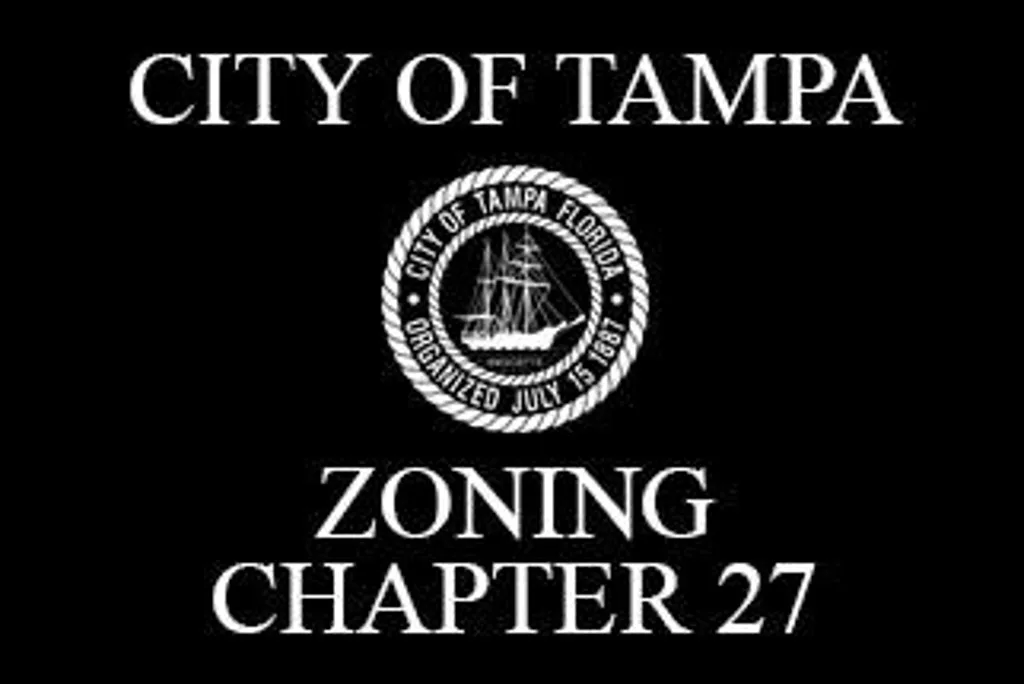Summary of Fence Zoning Regulations in Tampa, FL
The City of Tampa regulates fences, walls, and hedges to ensure safety, aesthetics, and compliance with city planning objectives. The primary regulations are found in Chapter 27 (Zoning and Land Development), Article VI (Design Standards), Division 4 (Fences, Walls, and Hedges) of the Tampa Code of Ordinances. Before hiring a fence contractor in Tampa, check out our summary of the fence rules in Tampa, which includes citations to specific sections.
1. Permit Requirements
- Section 27-290(a): A permit is required for the erection, construction, or alteration of any fence or wall. This ensures compliance with zoning regulations and that structures do not interfere with public utilities or easements.
2. Height Restrictions
- Residential Zones:
- Front Yards (Section 27-290(b)(1)a): Fences, walls, or hedges in front yards are limited to a maximum height of 4 feet.
- Side and Rear Yards (Section 27-290(b)(1)b): In side and rear yards, fences and walls may not exceed 6 feet in height.
- Corner Lots (Section 27-290(b)(2)): For corner lots, fences and walls must comply with visibility triangle requirements to maintain clear sight lines at intersections. Height restrictions may be more stringent in these areas.
- Commercial Zones
- Section 27-290(b)(2): In commercial and industrial zoning districts, fences and walls may be erected to a maximum height of eight (8) feet.
- “Sec. 27-290(b)(2): Fences and walls shall not exceed eight (8) feet in height in commercial and industrial districts, except as provided in subsection (j) of this section.”
3. Materials and Construction
- Section 27-290(c): Fences and walls must be constructed of durable materials commonly used in standard fence and wall construction, such as wood, vinyl, aluminum, wrought iron, or masonry.
- Prohibited Materials (Section 27-290(c)(2)): The use of barbed wire, razor wire, electrified fences, or other hazardous materials is generally prohibited in residential areas unless specific conditions are met.
- Maintenance (Section 27-290(c)(4)): All fences and walls must be maintained in good repair, structurally sound, and free from dilapidated conditions.
4. Placement and Orientation
- Property Lines (Section 27-290(d)(1)): Fences and walls must be installed entirely within the property boundaries of the lot.
- Finished Side Facing Outward (Section 27-290(d)(2)): Where fences have a finished and unfinished side, the finished side must face outward toward adjacent properties or public rights-of-way.
- Visibility Triangles (Section 27-290(e)): Fences, walls, and hedges must not obstruct visibility triangles at street intersections or driveways, ensuring safety for vehicles and pedestrians.
5. Hedges and Vegetation
- Section 27-290(b)(3): Hedges used as boundary enclosures are subject to the same height restrictions as fences and walls in the respective yards.
- Maintenance (Section 27-290(c)(4)): Property owners must maintain hedges to prevent overgrowth that could obstruct sidewalks, streets, or neighboring properties.
6. Historic Districts and Overlay Areas
- Section 27-290(f): Properties located within historic districts or special overlay zones may have additional regulations. Fences and walls within these areas may require approval from the Architectural Review Commission (ARC) or Barrio Latino Commission (BLC) to ensure compatibility with the historic character.
7. Swimming Pool Fences
- Section 5-108 (Building Codes – Swimming Pools): Swimming pools must be enclosed by a barrier (fence or wall) at least 4 feet in height with self-closing and self-latching gates to prevent unauthorized access, especially by children.
8. Easements and Rights-of-Way
- Section 27-290(d)(3): Fences cannot be placed within public rights-of-way or certain easements unless permission is granted. Access to utility meters, fire hydrants, and other public infrastructure must remain unobstructed.
9. Variances and Exceptions
- Section 27-80 (Variances): Property owners may apply for a variance from specific zoning regulations. Approval requires demonstrating that the variance aligns with the intent of the zoning code and does not negatively impact neighboring properties or public welfare.
10. Enforcement and Penalties
- Section 27-318: Non-compliance with fence regulations may result in enforcement actions, including fines or orders to modify or remove non-conforming fences. Property owners are encouraged to ensure compliance to avoid penalties.
Recommendations for Property Owners
- Consult City Officials: Before installing a fence, contact the City of Tampa’s Construction Services Division to verify current regulations and obtain necessary permits.
- Property Survey: Verify property lines to prevent encroachment on adjacent properties or public land.
- Community Aesthetics: Consider designs and materials that complement the neighborhood to maintain property values and community standards.
- Regular Maintenance: Keep fences, walls, and hedges in good condition to comply with city codes.
HOA Rules
Homeowners’ Association (HOA) rules can significantly impact fence construction in addition to city ordinances. If your property is within an HOA, you must consult your HOA’s governing documents (CC&Rs, bylaws, etc.) before planning or installing a fence. HOA regulations may dictate:
- Permitted Materials: HOAs often have aesthetic guidelines specifying acceptable materials (e.g., wood, vinyl, certain styles of metal) and colors.
- Height Restrictions: HOA rules might impose stricter height limits than the city, even within allowed ranges.
- Design and Style: Some HOAs require specific fence styles (e.g., open pickets, solid panels, certain decorative elements) to maintain community aesthetics.
- Approval Process: HOAs typically require pre-approval of fence plans, including detailed drawings and material specifications. Failure to obtain approval before construction can lead to fines or required modifications.
Ignoring HOA rules can result in disputes, fines, or even legal action. Always check with your HOA first to ensure compliance with their specific requirements in addition to city regulations.
Additional Resources
- City of Tampa Planning and Development Department
- Website: TampaGov Planning & Development
- Phone: (813) 274-3100
- Tampa Code of Ordinances
- Accessible online at: Municode Library – Tampa, FL
Note: This summary overviews common regulations but may not cover all scenarios or recent amendments. For detailed information or specific cases, please refer to the official City of Tampa Code of Ordinances or consult with a professional.
